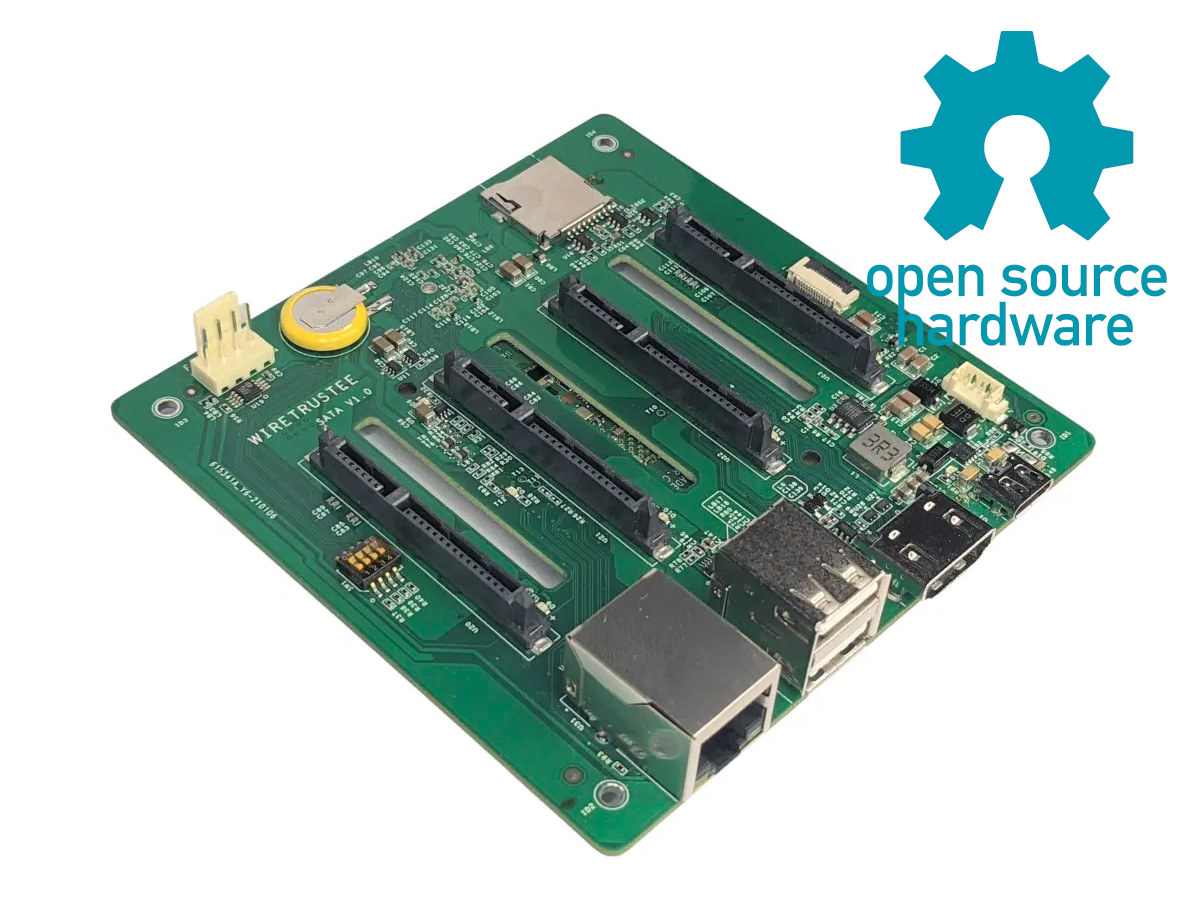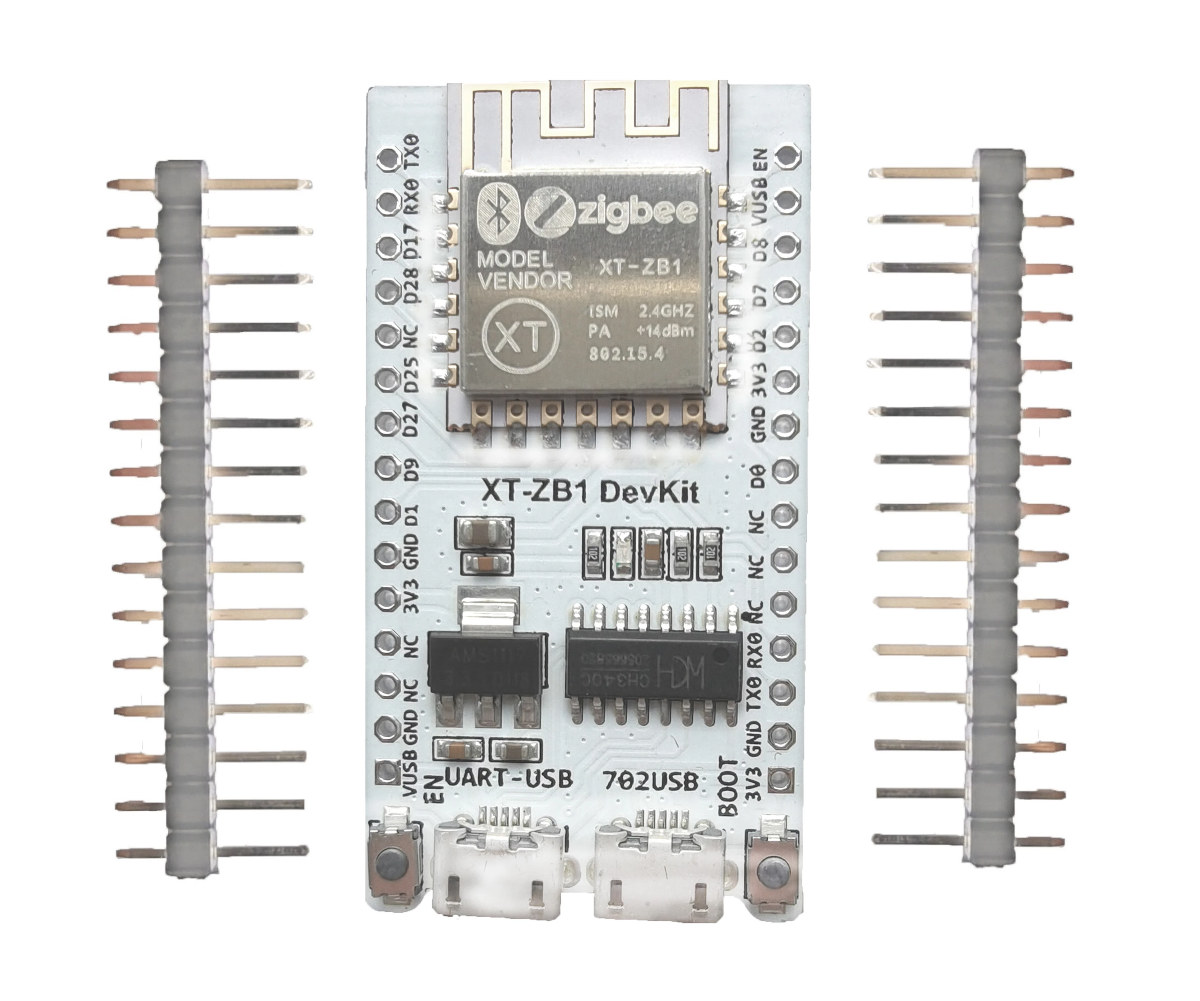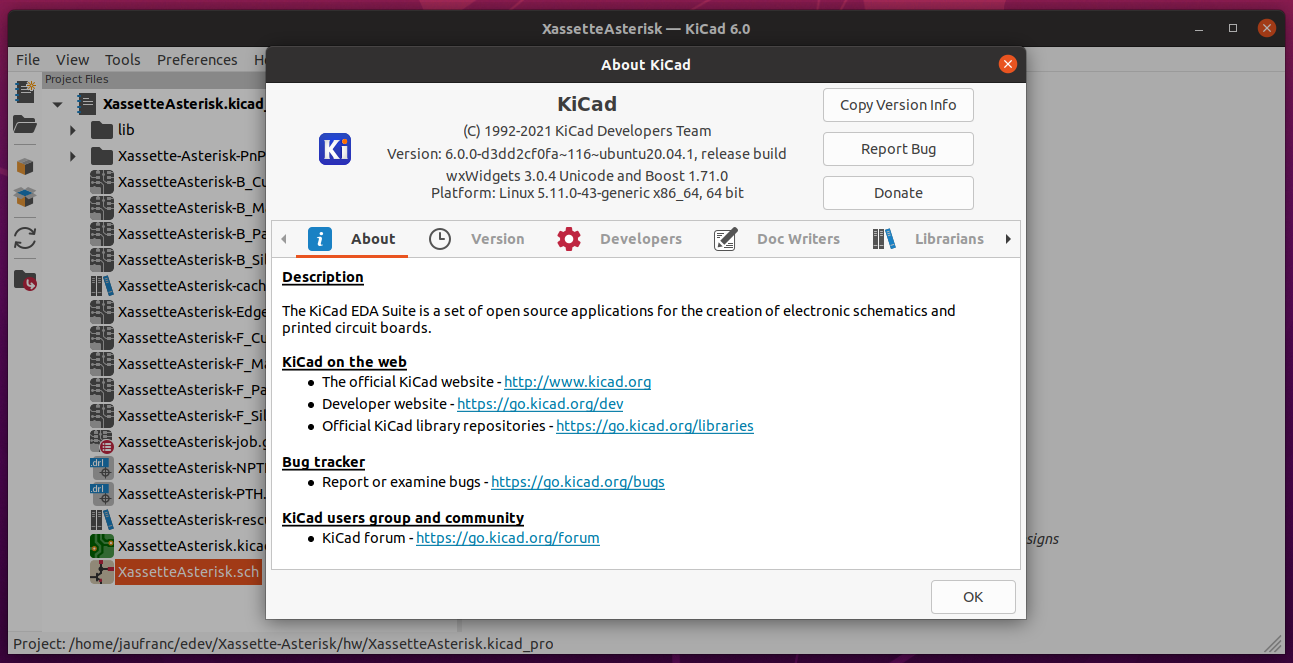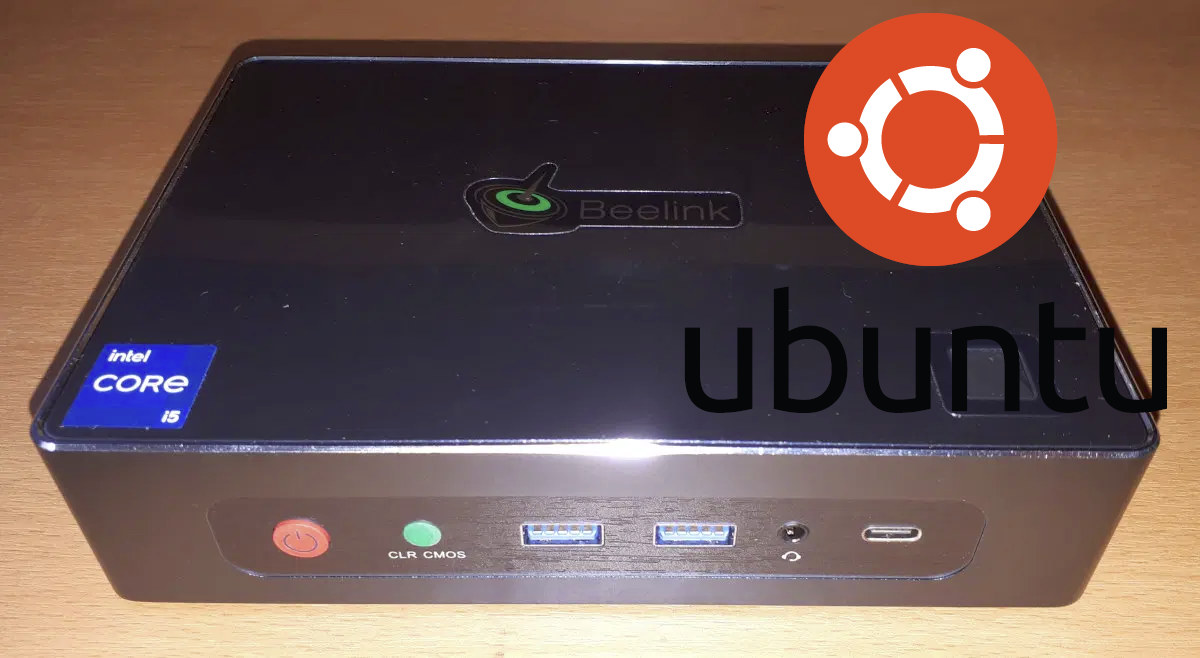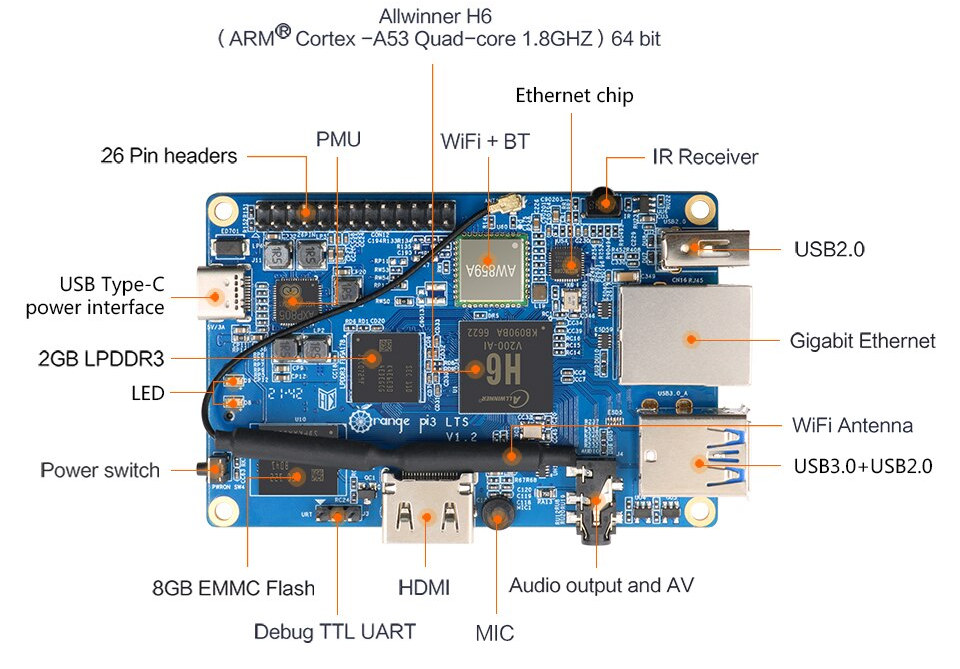Wiretrustee carrier board for Raspberry Pi CM4 was unveiled about one year ago with four SATA connectors to help people build their own 4-bay NAS. Unfortunately, the company decided to discontinue the project due to the semiconductors market situation. The good news is the board is now open-source hardware with all resources shared publicly including the Allegro schematics and PCB layout, Gerber files, 3D models for the heatsink, and case designs for 2.5-inch or 3.5-inch drives. All files are available under “CERN Open Hardware Licence Version 2 – Permissive”. Here’s a quick reminder about the Wiretrustee board specifications: Supported SoM – Raspberry Pi Compute Module 4 and 4 Lite Storage 4x SATA 2.0 via Marvell 88SE9215 (PCIe 2.0 x1 to 4 6Gb/s SATA ports, no HW RAID) MicroSD card slot Video Output – HDMI 2.0 up to 4Kp60 Networking – 1x Gigabit Ethernet port USB – 2x USB 2.0 ports […]
$1.8 XT-ZB1 Zigbee & BLE devkit features BL702 RISC-V module
Bouffalo Labs BL702 is a 32-bit RISC-V microcontroller with a 2.4 GHz radio for Zigbee 3.0 and Bluetooth 5.0 LE connectivity that we first found in the Sipeed RV-Debugger Plus UART & JTAG debug board that did not make use of the radio at all. But a BL702 development kit was brought to my attention, with the XT-ZB1 devkit equipped with a Zigbee & BLE module of the same name, and sold for just $1.80 per unit on Aliexpress. Shipping adds $4.63 where I live, but they also offer packs of 5 or 10 with the same shipping fee, meaning if you buy 10 the total cost should be around $22 including shipping, or around $2.2 per board. Alternatively, the module alone goes for $1. XT-ZB1 devkit specifications: XT-ZB1 wireless module with MCU – BL702C 32-bit RISC-V microcontroller @ 144 MHz with FPU, 132KB RAM, 192KB ROM, 1Kbit eFuse Storage […]
KiCad 6.0.0 released with revamped user interface, thousands of changes
It took around 3.5 years of development to release KiCad 6.0.0 open-source EDA suite, as the previous major release, KiCad 5.0.0, was introduced in July 2018. KiCad 6.0.0 comes with a refreshed user interface that’s supposed to reduce the barriers of entry for new users and users switching from other design software with notably the schematic and PCB editors now feeling like being from the same program instead of completely different tools. As noted by the developers, it’s difficult to summarize all the changes because of the thousands of updates made between KiCad 5 and KiCad 6, but here are some highlights: Revamped schematic editing with the object selection and manipulation paradigm as the PCB editor, and several new features such as net classes, one-click wire start, intersheet references Brand-new schematic and symbol library file format allowing embedded symbols Redesign of the PCB design tool with new options such as […]
UGOOS UT8 PRO – An RK3568 TV box with 8GB RAM, 64GB storage
UGOOS UT8 PRO is the first TV box I’ve seen with a Rockchip RK3568 processor, if we exclude Firefly Station P2 that’s more like an Arm Linux mini PC. The device runs Android 11 and is equipped with 8GB RAM, 64GB eMMC flash, and offers WiFi 6 connectivity. There’s also the “UGOOS UT8” with basically the same features except it ships with 4GB RAM and 32GB flash, and a dual-band WiFi 5 and Bluetooth module. We previously had seen TV boxes and mini PCs with the similar Rockchip RK3566 SoC in T95 Plus, H96 Max, and Zidoo M6, and the only reason for going with RK3568 in UGOOS UT8 (PRO) should be the extra USB 3.0 host/OTG interface, adding to the USB 3.0 host interface found in both RK3566 and RK3568 processors. UGOOS UT8 (PRO) specifications: SoC – Rockchip RK3568 with a quad-core Cortex-A55 processor @ up to 1.8/2.0GHz, Arm […]
Beelink GTi11 review – Part 2: Ubuntu 20.04 on an Intel Core i5-1135G7 mini PC
Previously I reviewed Beelink’s new GTi11 Intel Tiger Lake mini PC running Windows 11, so in this part, I will cover Ubuntu 20.04. Hardware Recap The GTi11 is a 168 x 120 x 39mm (6.61 x 4.72 x 1.54 inches) actively cooled mini PC and the review model has an i5-1135G7 Intel Tiger Lake quad-core 8-thread 2.50 GHz Core processor boosting to 4.20 GHz with Intel’s Xe Graphics. The review model also includes a 500GB M.2 2280 NVMe PCIe Gen 3.0 SSD drive initially with Windows 10 Pro installed but now successfully upgraded to Windows 11 Pro, two sticks of 8GB DDR4 3200 MHz memory, a soldered WiFi 6 (or 802.11ax) Intel AX201 chip and dual 2.5Gb Ethernet ports. The specifications list four of the USB ports as 3.0 so I retested them on Ubuntu using a Samsung 980 PRO PCle 4.0 NVMe M.2 SSD housed in an ‘USB to […]
$35 Orange Pi 3 LTS SBC comes with 2GB RAM, 8GB flash, AW859A WiFi 5 and Bluetooth 5.0 module
Orange Pi 3 LTS is a cost-down, more compact version of Orange Pi 3 SBC launched in 2019 with Allwinner H6 quad-core Cortex-A53 processor, Gigabit Ethernet, four USB 3.0 ports, and mPCIe socket with a PCIe x1 Gen2 lane. AFAICR, the latter never really worked well due to a botched implementation in the SoC. The new slimmed-down Orange Pi 3 LTS is sized like a business card, loses the mostly useless mPCIe socket from the original board, comes with 2GB LPDDR3 RAM (no more 1GB RAM option), a lower number of USB ports, USB Type-C power input, and an Allwinner AW859A WiFi and Bluetooth module replaces the Ampak AP6256 module from the original board. Orange Pi 3 LTS specifications: SoC – Allwinner H6 quad-core Cortex A53 processor clocked at up to 1.8 GHz with Arm Mali-T720MP2 GPU supporting OpenGL ES 3.1/3.0/2.0/1.1, DirectX 11 System Memory – 2GB LPDDR3 (before 1GB […]
Newt 2.7-inch wireless display offers high refresh rate with SHARP’s Memory-in-Pixel (MiP) technology (Crowdfunding)
Newt is a battery-powered, always-on, ESP32-S2 wireless display with a 2.7-inch display leveraging SHARP’s Memory-in-Pixel (MiP) technology to provide an experience similar to E-Ink displays but with a much faster refresh rate. The wireless display can connect to the Internet to retrieve weather, calendars, sports scores, to-do lists, quotes, and whatever you’d like. Since it is powered by an ESP32-S2 microcontroller you can program with the ESP-IDF framework, Arduino, MicroPython, or CircuitPython. Newt display specifications: WiFi module – Espressif ESP32-S2-WROVER module with ESP32-S2 single-core Xtensa LX7 processor @ 240 MHz with 4 MB flash and 2 MB PSRAM Display – 2.7-inch, 240 x 400 pixel SHARP MiP LCD with “high-contrast, high-resolution, low-latency content with ultra-low power consumption”, reflective mode to eliminate the need for a backlight. USB – 1x USB Type-C port for programming, power, and charging Expansion – I2C Qwiik connector Misc Micro Crystal RV-3028-C7 RTC (45nA power consumption) […]
Manufacturing samples of Xassette-Asterisk open-source hardware board
We covered Xassette-Asterisk open source-hardware Allwinner D1s RISC-V Linux SBC last October. But it will most likely never be mass-manufactured since SdtElectronics, the designer, has no resources and time for production. So I thought I should give it a try, and I managed to get 10 boards manufactured and assembled. Time for a little disclaimer. While the post is not sponsored in the sense I did not get paid for it, NextPCB agreed to cover all costs, aka sponsor, and manufacture ten boards. Today, I’ll report my experience manufacturing an open-source hardware board, but I had no time to check whether any of the boards worked. Manufacturing timeline Since I did not want to go through the whole process of ordering the PCB, purchasing the components, and soldering each board individually, I opted for NextPCB’s PCB manufacturing and assembly services. Here’s the detailed timeline: November 9 – Ordered 10 boards […]


